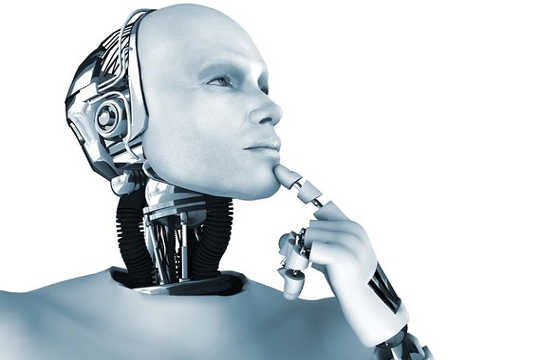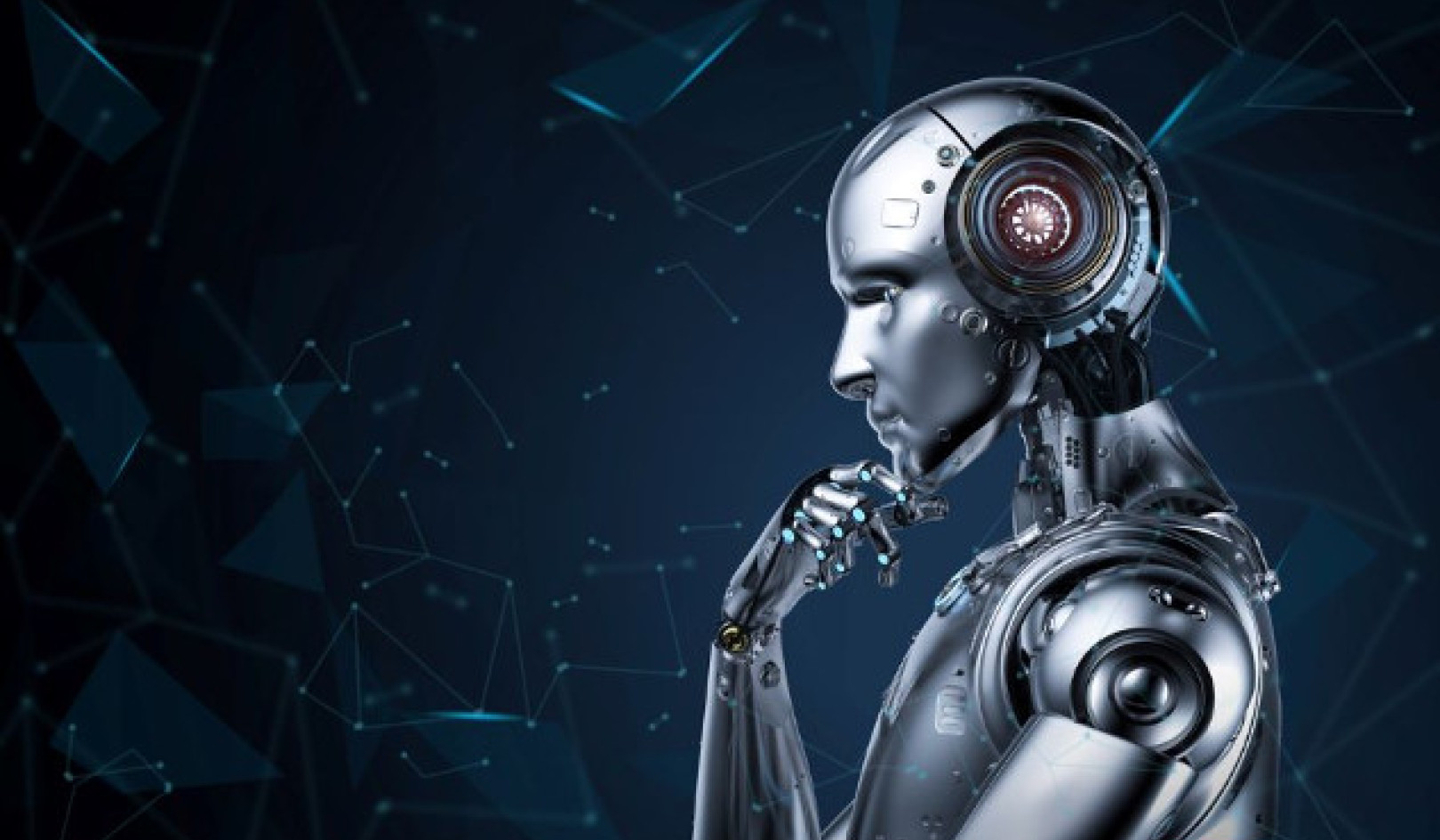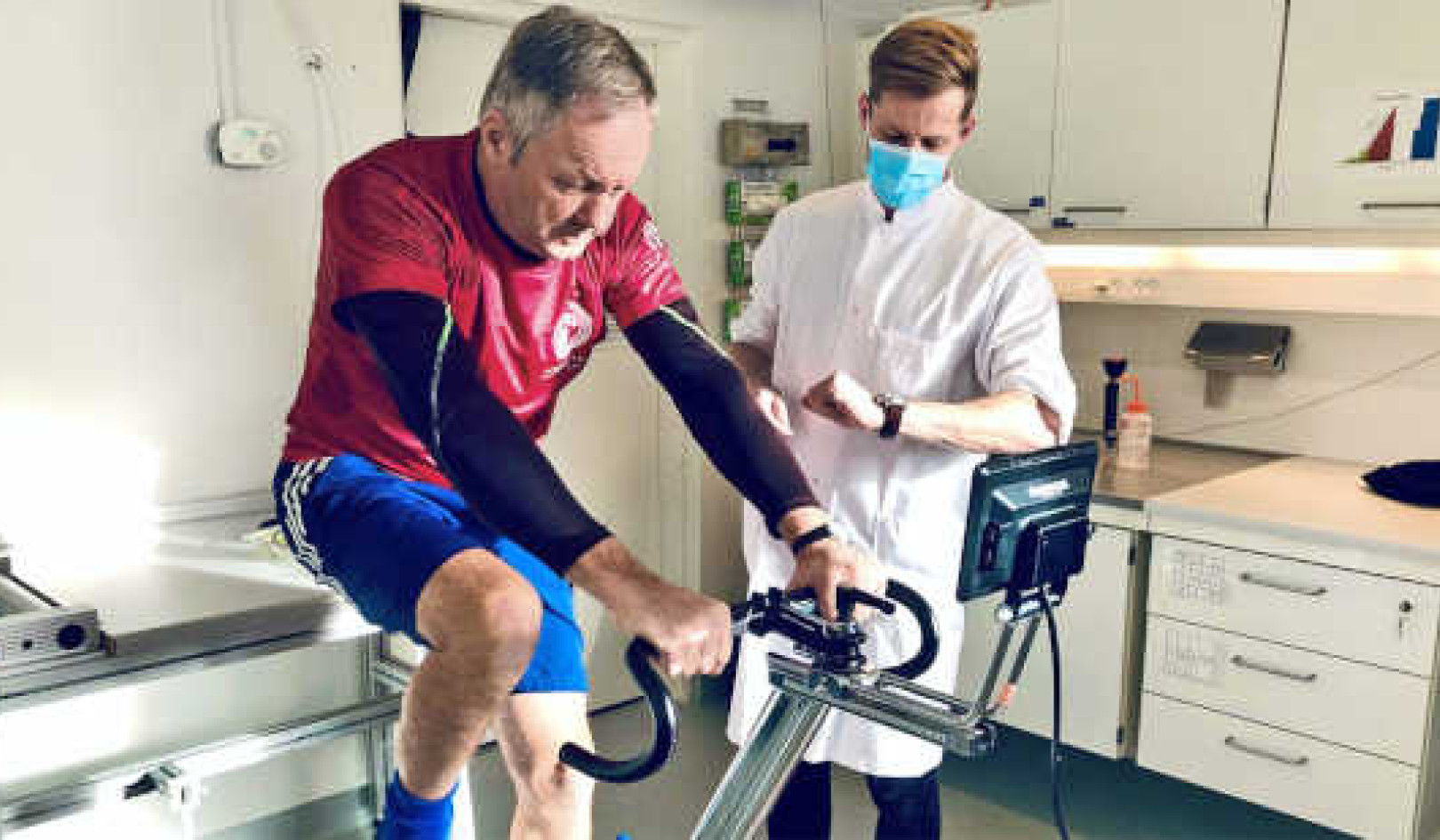
In a popular BuzzFeed article, Anne Helen Petersen describes how millennials (people born between 1981 and 1996) became “the burnout generation”. She describes some of the stark consequences of edging towards burnout and identifies what she calls “errand paralysis”, marked by a struggle to do even simple or mundane tasks.
Many of the factors contributing to this burnout are rooted in the challenging job and economic conditions that millennials face, according to Petersen. She also describes “intensive parenting” as a contributing factor, because millennials have been relentlessly trained and prepared for the workplace by their parents. They have internalised the idea that they need to be working all the time or engaging in the never-ending pursuit of self-optimisation.
Similarity to work burnout
Millennial burnout has a lot of similarities with regular burnout, otherwise known as work burnout. Burnout is a response to prolonged stress and typically involves emotional exhaustion, cynicism or detachment, and feeling ineffective. The six main risk factors for work burnout are having an overwhelming workload, limited control, unrewarding work, unfair work, work that conflicts with values and a lack of community in the workplace.
People who have to navigate complex, contradictory and sometimes hostile environments are vulnerable to burnout. If millennials are found to be suffering higher levels of burnout, this might indicate that they face more problematic environments. It is quite possibly the same stuff that stresses everyone, but it is occurring in new, unexpected or greater ways for millennials, and we haven’t been paying attention.
For example, we know that traditional social comparison plays a role in work burnout. For millennials, social competition and comparison are continually reinforced online, and engaging with this has already been shown to be associated with depressive symptoms in young people.
Even if you avoid social media, using technology and going online can be physically and emotionally exhausting. Excessive internet use has been linked to burnout at school. These are just some of the ways that millennials have been increasingly exposed to the same stressors that we know can negatively affect people in the workplace.
We know very little about how millennials experience burnout. Early research suggests there are generational differences. Specifically, millennials respond to emotional exhaustion (often the first stage of burnout) differently to baby boomers (people born between 1946 and 1964). When feeling emotionally exhausted, millennials are more likely to feel dissatisfied and want to leave their job than baby boomers.
Burnout research shows that complex environments and stressors, coupled with high expectations, create the conditions for traditional work burnout. The same can be said for the millennial burnout, which draws on similar notions of perfectionism.
Perfectionists, especially the self-critical ones, are at greater risk of burnout. Naturally, the self-critical type of perfectionist works hard to avoid failure, thereby putting themselves at high risk of burnout.
Resilience as protection
A recent approach to tackling work burnout is to train people to be more resilient. This is underpinned by the assumption that highly competent people can improve their working practices to avoid burnout. However, as I recently argued in an editorial in the BMJ, highly competent, psychologically healthy and seemingly resilient people are likely to face an increased risk of burnout.
It seems counterintuitive, but one of the earliest studies on workplace burnout showed that workers who were happier, less anxious and more able to relieve stress were more likely to develop burnout than those in a comparison group without these traits. This largely forgotten study involved air traffic controllers in the US in the 1970s; it followed over 400 of them for three years. Most of the cohort (99%) had served in the US Armed Forces, so we can expect that they had experience of extreme stress and most likely had developed resilience.

Air traffic controllers and millennials face similar stresses. Stoyan Yotov/Shutterstock
This study shows us some of the conditions for creating burnout in this seemingly high functioning and resilient group. Their work was continually becoming more complex, with new technologies being introduced, without the necessary training to use them. They worked long shifts without breaks and had poor environments to work in. Their hours and rotas were challenging and could be unpredictable. These characteristics probably look quite familiar to millennials and anyone working in the gig economy.
Opposite effect
The recent focus on training workers to avoid burnout by encouraging them to be more resilient is likely to become another stress, pressure or high ideal. It is likely that this serves to increase the risk for burnout, especially for the types of perfectionists who are highly self-critical.
The importance of our ideals, our view of what we are and should be, also shows us why labelling millennials as “snowflakes” is probably harmful. Similarly, any intensive parenting that attempts to create resilient children may be counterproductive. This is because the core messages of intensive parenting are actually about social control and conformity, and these probably feed into children’s internal and external ideals for the future.
What we can learn from burnout trends is that work is becoming rapidly and overwhelmingly more difficult and complex. This is driving higher burnout levels in many professions and in informal workers, such as caregivers, and also, potentially, in millennials. The solution is to simplify complex, contradictory and hostile work and personal environments, rather than giving us all another job of training ourselves to be more resilient to these environments.![]()
About The Author
Rajvinder Samra, Lecturer in Health, The Open University
This article is republished from The Conversation under a Creative Commons license. Read the original article.
Related Books
at InnerSelf Market and Amazon


























